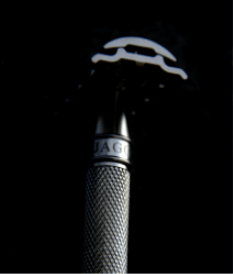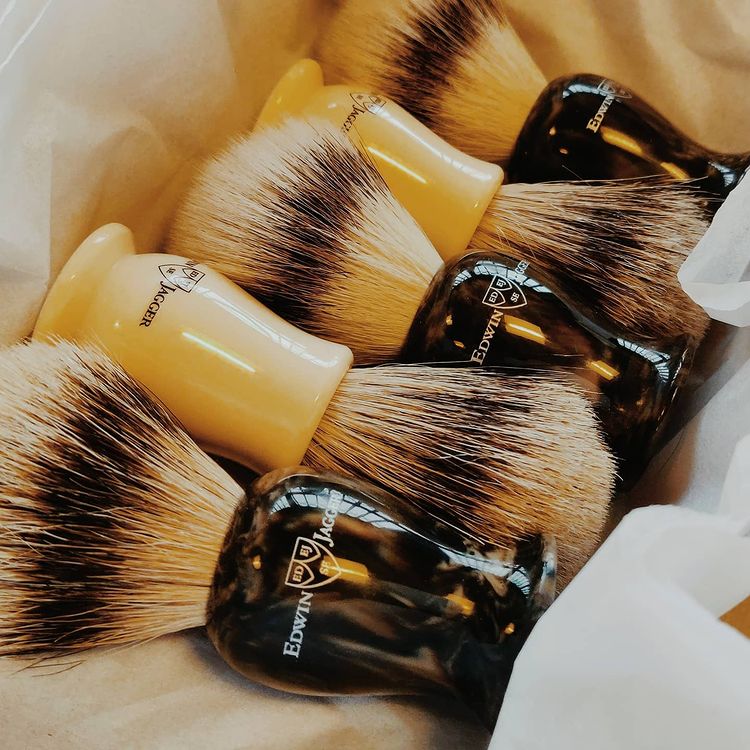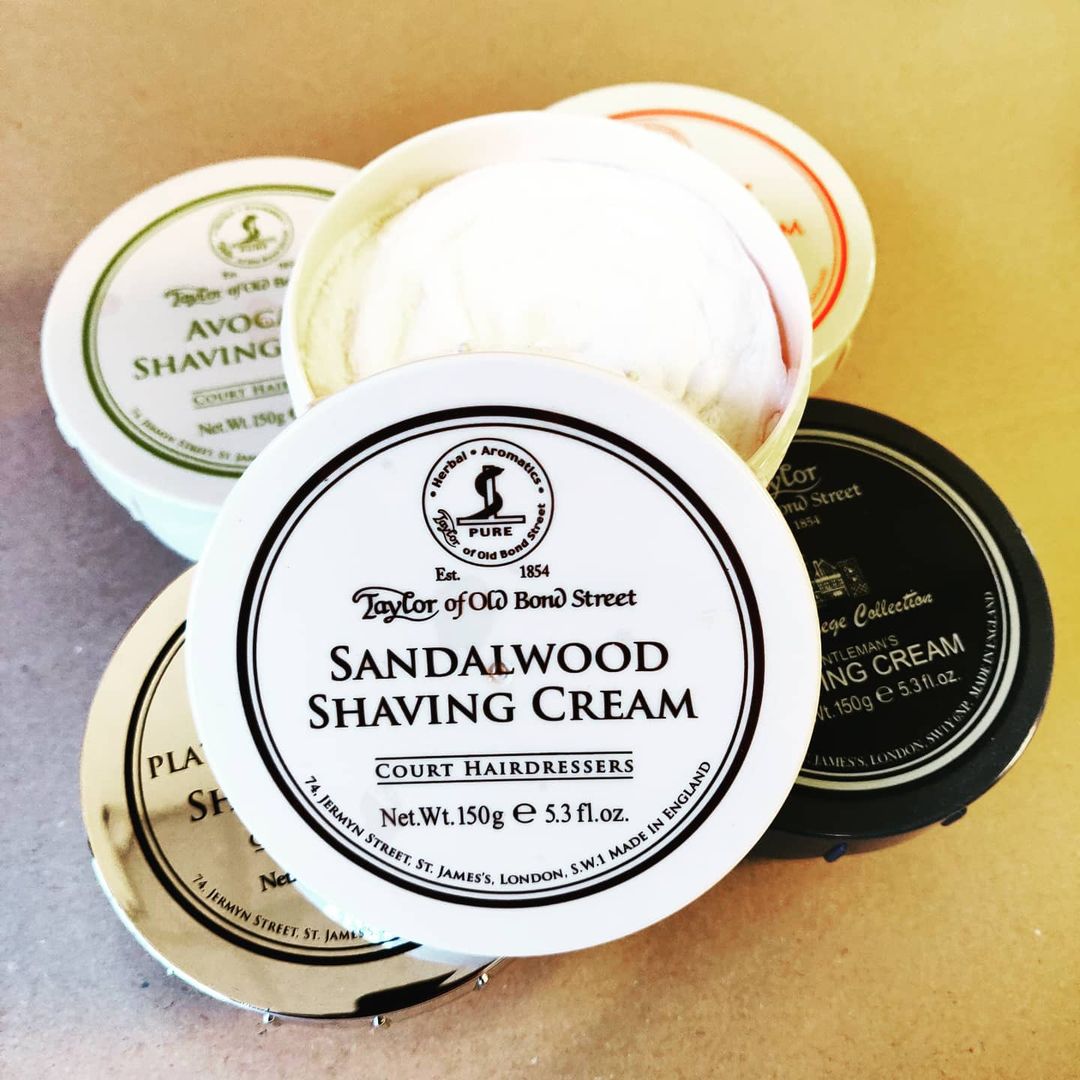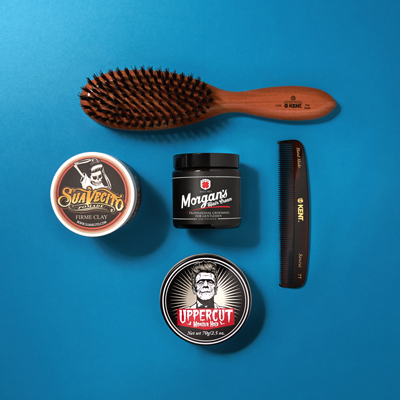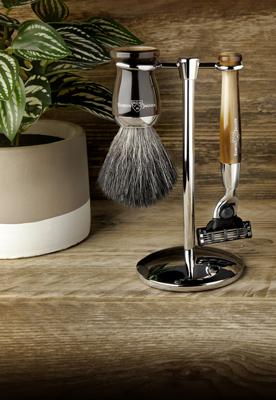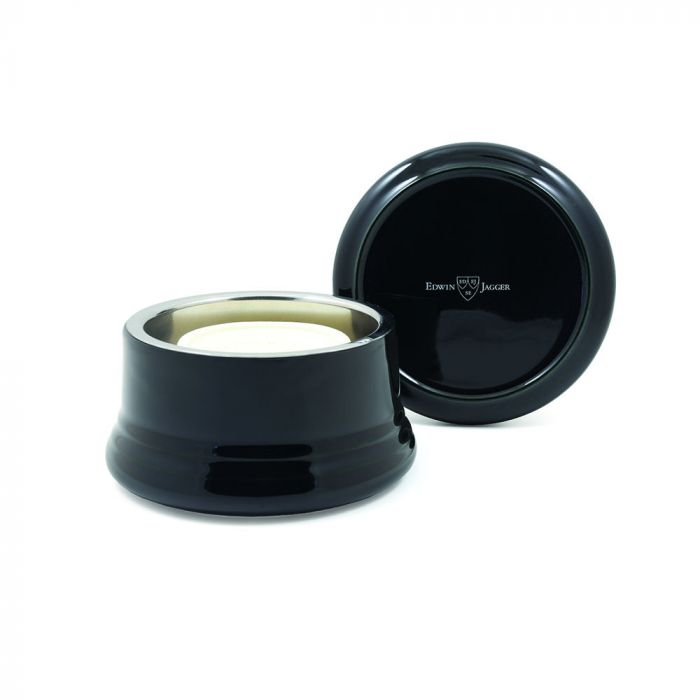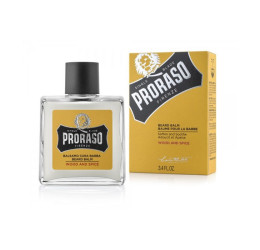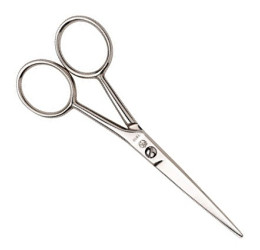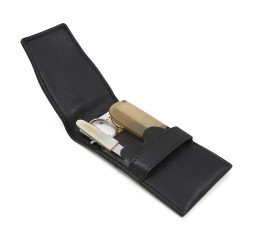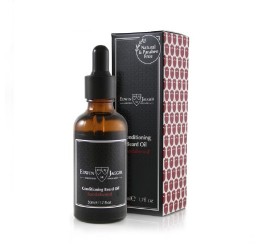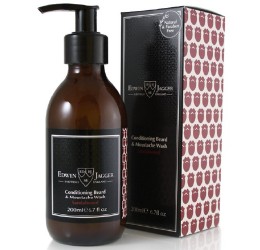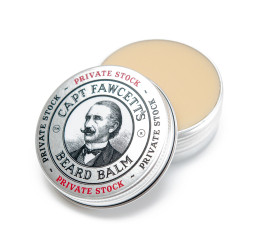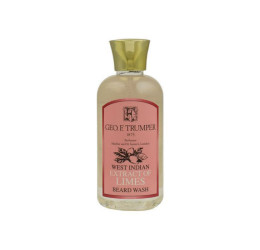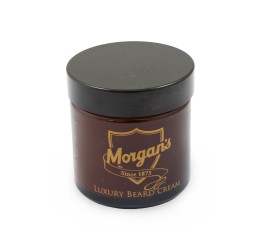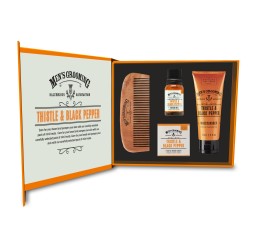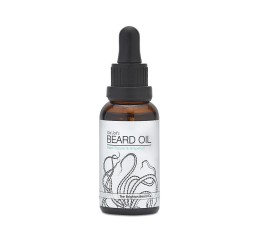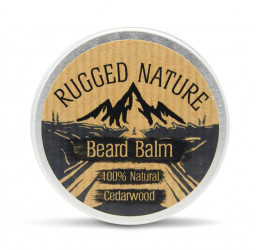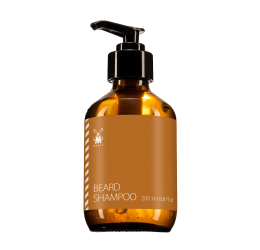History of Beards: The Victorians
Beards have been around for as long as humans, but their cultural significance, associations and status has varied hugely throughout the centuries and can say a lot about the beard trends of today! (Read more about beard and shaving in history here!) The Victorian period was one of the longest in history. This means there were a lot of different beard trends, many of which still inform our opinions of beards to this day.

Victorian Beard History
The ‘Unshorn Chin’
Pre-Victorian times, shaving was all the rage. We at The English Shaving Company are big fans of getting that perfect traditional shave with our collection of double edge safety razors. However, in the 18th century men didn’t opt for shaving simply for the look and feel, but because beards at this time was associated with rough, working classes -- not something for the polite gentleman! In fact, one book, The Toilette of Health, informed the middle class gentleman that ‘an unshorn chin has a degenerating aspect, and is only, if at all, excusable in the lowest labourer and mechanic’. Entering into the Victorian age, beards were rarely seen and very much out of fashion. If you like to go clean-shaven, read our blog on how to achieve the closest shave! To this day, the beard is often still associated with a rugged masculinity but fortunately no longer a sign of degeneracy! So what changed?
Victorian Whiskers
Before the full beard came back into fashion, Victorian men began to sport facial hair in the middle ground: side whiskers.  Side whiskers are one of the main associations people in the 21st century have of Victorian gentlemen. There are many photographs of men with glorious sideburns, sometimes even growing past their chinlines with the rest of the face clean shaven! The whisker trend became so popular in the early 1800s in the lead up to Victoria taking the throne that the entrepreneurs of the day began selling false whiskers to men who wanted to keep up with the fashion trends without the long wait. This trend lasted for several decades (allowing even the most impatient to grow a spectacular pair of sideburns!), but the beard fashion began to change. This time, perhaps unexpectedly, as a result of the wars that were happening during the period.
Side whiskers are one of the main associations people in the 21st century have of Victorian gentlemen. There are many photographs of men with glorious sideburns, sometimes even growing past their chinlines with the rest of the face clean shaven! The whisker trend became so popular in the early 1800s in the lead up to Victoria taking the throne that the entrepreneurs of the day began selling false whiskers to men who wanted to keep up with the fashion trends without the long wait. This trend lasted for several decades (allowing even the most impatient to grow a spectacular pair of sideburns!), but the beard fashion began to change. This time, perhaps unexpectedly, as a result of the wars that were happening during the period.
A Must-Have Moustache
Queen Victoria created the British empire. It brought the UK into great wealth -- the benefits of which we still experience today -- but at the huge cost of violence and the subjugation of people around the world. This operation was massively dependant upon the East India Trading Company and their associated military, the British cavalry soldiers. During the Victorian period, these men served in wars such as the Crimean War and the Boer Wars, which were well known to the general public. Despite the questionable actions of the East India Trading Company, British Cavalry soldiers were seen by the general public as the epitome of masculinity -- the heroes of the period. And they wore moustaches. As the British Cavalry soldiers became more successful in the 1840s, the moustache became an increasingly popular fashion statement until it far surpassed the previous love of whiskers. 
Victorian Masculinity
The mid-19th century was when facial hair really took centre stage. Just fifty years before, beards were a sign of degeneracy but by the 1850s they became the ultimate sign of class, sophistication and fashion. This didn’t happen out of the blue. Notions of masculinity and gender identity were building in this period and these led to the popularity of the beard. The famous 1857 mutiny in the East India Trading Company threatened the strength of the empire which was previously thought of as untouchable. This impacted public opinion on the military -- and the strength of the men within it. This happened soon after the start of the Crimean War in 1854 and simultaneously with developing concerns about masculinity. Men were now working in offices and factories rather than out in the fields; the idea of what a man was ‘supposed’ to look like was being brought into question by the reality of desk jobs and city life. There were concerns that the strong men needed to fight in the wars and keep the East India Trading Company a force to be reckoned with were a dying breed in the developing Victorian period.  The combination of the requirement for fighting men and the concern about men becoming ‘soft’ led to a minor crisis in gender identity. This happened alongside increasing awareness of women’s rights and the early stages of feminism. It was at this point that the full beard came into fashion. Dr Mercer Adams, a professional and successful doctor during the period, described the beard as the ‘badge of manly strength and beauty’. It became a way to define ‘manliness’ during a period where gender identity was beginning to change. Men began sporting huge beards, such as the one with which Charles Darwin is famously depicted.
The combination of the requirement for fighting men and the concern about men becoming ‘soft’ led to a minor crisis in gender identity. This happened alongside increasing awareness of women’s rights and the early stages of feminism. It was at this point that the full beard came into fashion. Dr Mercer Adams, a professional and successful doctor during the period, described the beard as the ‘badge of manly strength and beauty’. It became a way to define ‘manliness’ during a period where gender identity was beginning to change. Men began sporting huge beards, such as the one with which Charles Darwin is famously depicted.
Historic Beard Breakthroughs
The Victorian era’s relationship with facial hair has impacted the way we consider beards today. We’re moving away from the Victorian overt performances of masculinity through facial hair; the facial hair we choose to wear today is a statement on what we prefer as individuals rather the need to conform to gender stereotypes. Despite this, beards are still associated with masculinity as a result of the huge impact the Victorian period had on modern life today. If you want the perfect beard, why not explore our website? We have a huge range of beard products and shaving equipment to help you get the look you want.



